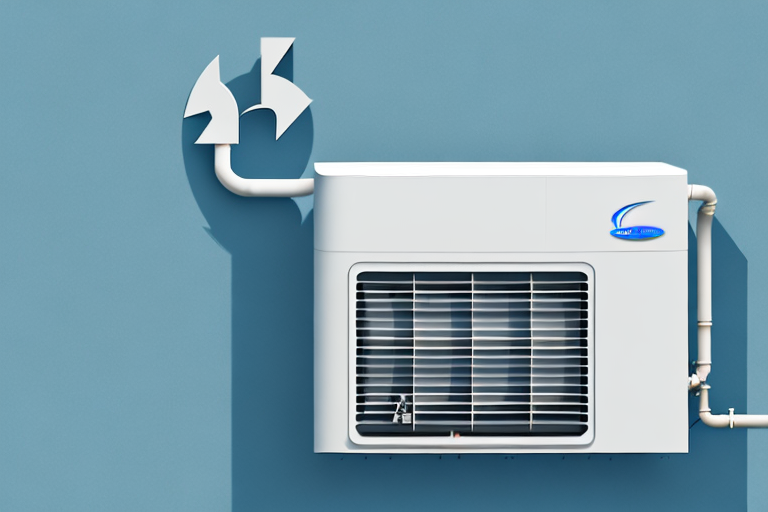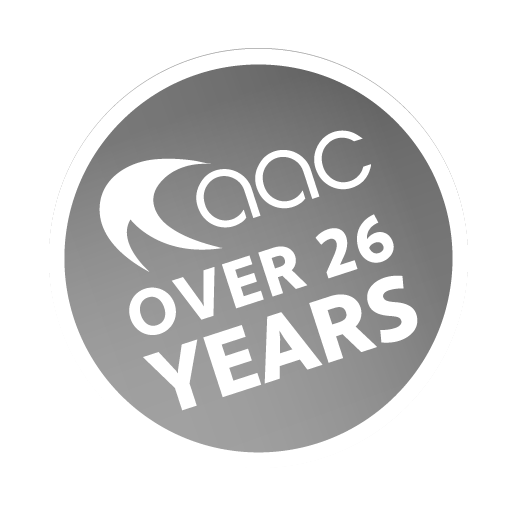

Air conditioning (AC) units are essential for maintaining comfortable indoor environments, especially during the warmer months. However, like any mechanical system, they require proper maintenance to function efficiently. One of the critical components in an AC system is the motor, which drives the compressor and the fan. If the motor begins to overheat, it can lead to significant issues, including system failure. Recognising the signs of an overheating motor and understanding how to address them can save you time, money, and discomfort.
The most apparent sign that your AC motor is overheating is a noticeable increase in temperature. If the motor becomes too hot to touch, this is a clear indication of overheating. This is often accompanied by a burning smell, which can be due to the insulation on the wiring or other electrical components becoming too hot and beginning to melt. This smell is a serious warning sign and should prompt immediate investigation [1].
Another physical indicator is unusual noises coming from the motor. If you hear grinding, squealing, or other abnormal sounds, this could suggest that the motor is working harder than it should be, potentially due to overheating or mechanical issues such as worn bearings [2].
An overheating motor can also manifest through performance issues. For instance, if your AC motor slows down or stops after running for only a short period, it may be entering a safety shutdown mode. This is a protective measure designed to prevent the motor from sustaining further damage due to excessive heat [3].
Another related issue is the motor’s inability to start or restart after it has been running. This can be particularly problematic if your motor is subject to frequent stop-start cycles, which can exacerbate overheating [4].
Proper ventilation is crucial for the effective operation of any motor, and the AC motor is no exception. The ventilation holes in the motor casing are designed to allow heat to escape and keep the motor cool. If these holes become blocked by dust, debris, or any other obstructions, the motor will be unable to dissipate heat efficiently, leading to overheating [2].
Similarly, the ambient temperature in the environment where the motor is operating can significantly impact its performance. If the motor is situated in an area that is warmer than it is designed to handle, this can impede the cooling process and cause the motor to overheat. In such cases, ensuring adequate ventilation or relocating the unit to a cooler environment may be necessary [2].
The duty cycle refers to the duration and frequency with which the motor is operated. Motors are typically rated for either continuous or intermittent use. Continuous duty motors are designed to run without stopping, while intermittent duty motors are meant to operate for specific periods before being shut off to cool down. Running a motor continuously when it is only rated for intermittent use can lead to overheating [2].
To avoid this, it is essential to verify the motor’s duty cycle rating and ensure that it is being used according to the manufacturer’s specifications. Overloading a motor by running it continuously when it should not be can significantly reduce its lifespan and lead to premature failure.
Electrical problems are another common cause of motor overheating. Two key factors to consider are the current draw and the voltage supplied to the motor. If the motor is drawing too much current, it can overheat. This often occurs when there is an issue with the power supply, such as low voltage. Low voltage causes the motor to draw more current to compensate, leading to overheating [2].
On the other hand, high voltage can also cause problems. Excessive voltage can saturate the motor’s components, causing them to overheat. Regularly checking the electrical supply and ensuring that it is within the motor’s specified range can help prevent these issues [5].
Mechanical issues can also contribute to motor overheating. One of the most common mechanical problems is worn or stuck bearings. Bearings reduce friction between the moving parts of the motor, and when they become worn or stuck, the friction increases. This additional friction can cause the motor to overheat as it struggles to operate efficiently [3].
Another mechanical component that can lead to overheating is the capacitor. AC motors often have start or run capacitors that help them operate efficiently. A faulty capacitor can cause the motor to overheat, leading to performance issues and potential damage. Replacing a faulty capacitor is a common solution to overheating problems and can restore the motor to proper working order [4].
If you have identified that your AC motor is overheating, it is essential to address the issue promptly to prevent further damage. The first step is to conduct the checks outlined above, such as verifying the ventilation, duty cycle, and electrical supply. If these checks do not identify the problem, it may be necessary to consult a professional technician who can diagnose and repair the issue.
In some cases, if the motor is old or the damage is severe, replacing the motor may be the most cost-effective solution. Regular maintenance and monitoring of your AC system can help prevent overheating and extend the life of your motor.
Understanding the signs and causes of AC motor overheating is crucial for maintaining the efficiency and longevity of your air conditioning system. By paying attention to physical signs, performance issues, and the various factors that can lead to overheating, you can take proactive steps to prevent damage and ensure that your AC motor operates smoothly. If in doubt, always consult with a professional to avoid costly repairs or replacements.


Contact us to arrange your free survey and quote. We'll arrange for one of our full-qualified team to visit you at a convenient time.
Contact Us
Read more about air conditioning and how to get the most out of it.
 Read More
Read More Read More
Read More Read More
Read MoreContact us using the details below or fill out the form and we'll be straight in touch.







Find out more about AAC Group and the complementary services we offer: